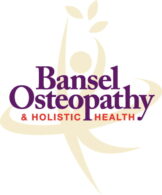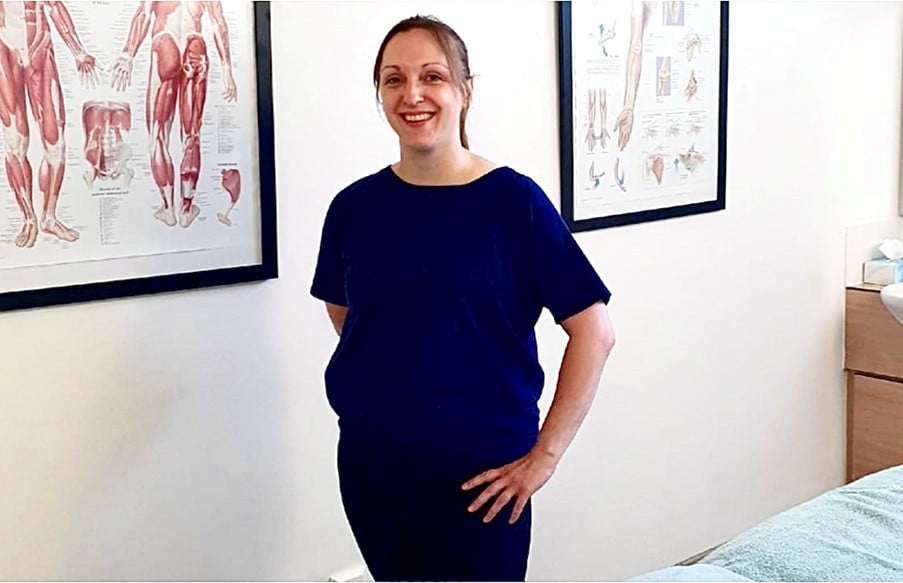As a clinical massage therapist I see many patients in chronic pain, with longstanding injuries and tension that has been difficult to find relief from. I’ve recently completed an advanced qualification in Myofascial Release (MFR), providing additional soft tissue techniques to use in treatments alongside deep tissue strokes, trigger point therapy and soft tissue release. MFR, as a standalone treatment, has many benefits that can help patients with conditions such as Fibromyalgia, chronic pain, headaches, TMJ disorders and jaw pain, autoimmune conditions, anxiety and depression, chronic muscular tension and pain from stress, overuse or injury.
MFR uses gentle and sustained pressure, sinking deeply into the tissues (fascia – connective tissue that envelopes the entire body). MFR uses specific techniques that differ from the traditional deep tissue or sports massage. There are two main techniques used, direct and indirect MFR, both of which also incorporate trigger point work. Direct MFR involves applying pressure directly to the area of the body that is experiencing tension or discomfort to correct any structural imbalances or misalignment. It is more intense with sensations such as heat and stretching, and can be effective for releasing deep tension and areas that are stiff. Indirect MFR is a gentler approach that involves working with the natural movement of the body and waits for the tissues to soften before moving the tissues to a position of ease (a.k.a unwinding). This approach is more comfortable and suited for people who have conditions that make direct pressure uncomfortable.
An MFR treatment session is bespoke to each individual’s needs and body. The art of listening touch from the therapist, allows the pressure to be modified and adjusted and to follow the movement and signals from within the body – working on a holistic view of injury and illness rather than focussing on a single area or issue.
Fascia is becoming more widely understood within the medical and scientific community. Much research has been done to show that it has a function in providing structure and support for all the components of the body, acts as a communication medium for cells and bodily systems, is involved in immune response and aids movement of the bones and joints.
Could an MFR treatment be the missing piece of the puzzle in managing and helping find relief from chronic pain?
Book online for an appointment on Monday or Wednesday evenings or Tuesday daytime.




